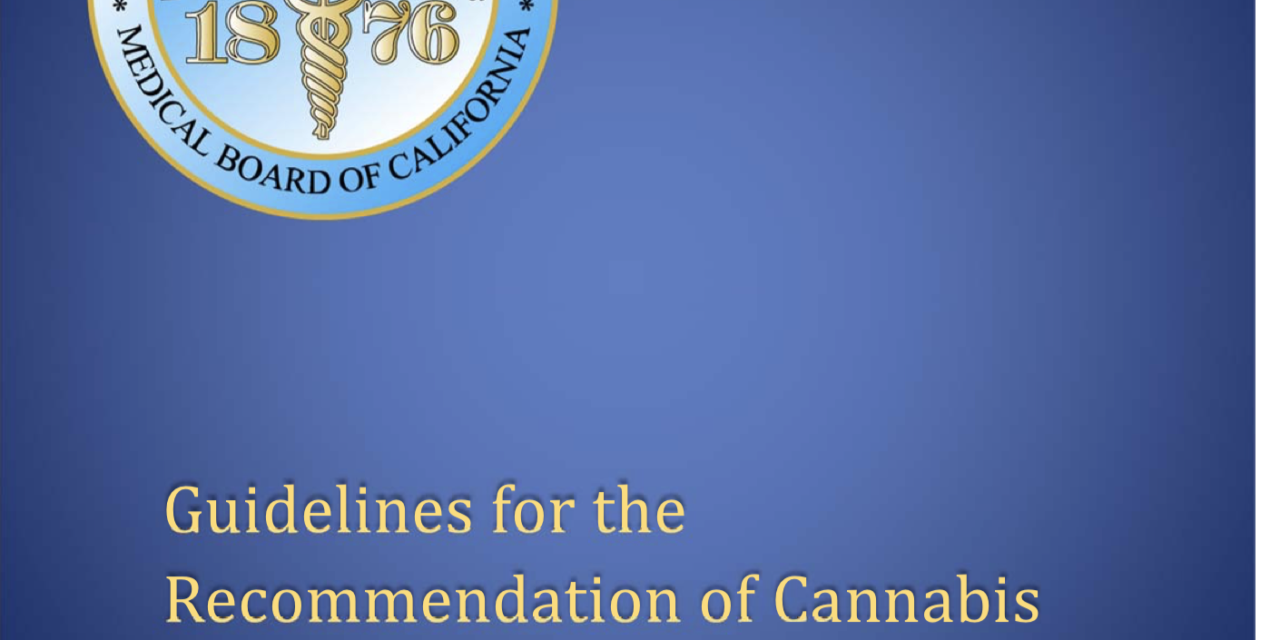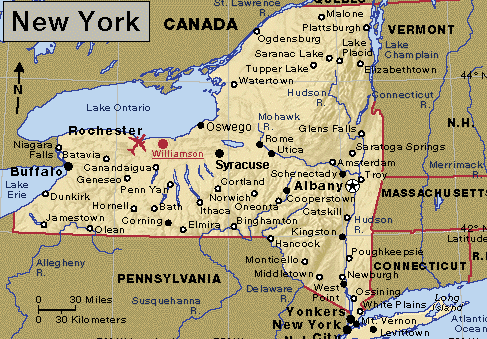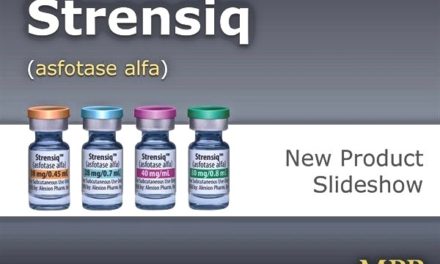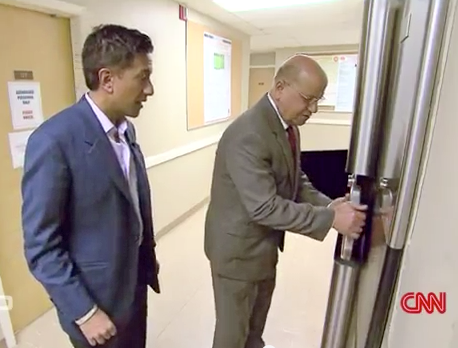The Medical Board of California has revised its “Guidelines for Recommendation of Cannabis for Medical Purposes” and with its two controversial appendices. Here is the redline edit posted by the board April 6.
A request by the Society of Cannabis Clinicians for revision of the “Decision Tree” has been granted. No longer must a patient fail on prescription meds before a cannabis approval is deemed appropriate by the board. How sensible!
The changes in the Guidelines themselves have a neoprohibitionist tilt. Three changes have been made. One is a trivial improvement: a long, convoluted paragraph about federal policy on enforcement of marijuana prohibition has been simplified to:
“Although the Act allows the use of cannabis for medical purposes by a patient upon the recommendation of a physician, California physicians should bear in mind that cannabis is listed in Schedule I of the federal Controlled Substances Act. The use and recommendation of cannabis is an evolving issue and physicians should be aware of the current administration’s policies.”
The most significant change to the Guidelines is a warning on marijuana use during pregnancy, added at the request of the California Medical Association:
“Please be aware that risks of cannabis use on a fetus or breast-feeding infant are unknown. The American College of Obstetricians and Gynecologists (ACOG) Committee Opinion (Number 722 – October 2017) states physicians should be discouraged from recommending cannabis for medicinal purposes during pregnancy and lactation.”
The third change subtly magnifies the significance of “Cannabis Use Disorder.”
The Guidelines state that a physician “should document a written treatment plan that includes
- Advice about other options for managing the terminal or debilitating medical condition (pursuant to the Act conditions include cancer, anorexia, AIDS, chronic pain, spasticity, glaucoma, arthritis, migraine, or any other illness for which cannabis provides relief).
- Determination that the patient with a terminal or debilitating medical condition may benefit from the recommendation of cannabis.
- Advice about the potential risks of the medical use of cannabis and reminders to safeguard the cannabis, including but not limited to, the following:
• The variability of quality and concentration of cannabis;
• Cannabis use disorder (previously “The risk of Cannabis use disorder.”)
• Potential adverse events, such as exacerbation of psychotic disorder, adverse cognitive effects for children and young adults, falls or fractures, and other risks.
• Using cannabis during pregnancy or breast feeding (previously “The risk of using cannabis during pregnancy…”) The revised Guidelines include a footnote citing the ACOG statement that cannabis should not be used.*
• The need to safeguard all cannabis and cannabis-infused products from children, pets, or domestic animals; and
• The reminder that the cannabis is for the patient’s use only and the cannabis must not be sold, donated, or otherwise supplied to another individual.”
Drs. Stephen Robinson and Sherry Yafai of the Society of Cannabis Clinicians had presented the board with an alternative “Decision Tree.” (The original contradicted the Guidelines themselves.) A rare win for rationality! They have been working on an alternative “Agreement.”
The Guidelines will be discussed at 4/20 meeting of the med board at the LAX Hilton. The discussion will be preceded by a presentation from Igor Grant, MD, of the Center for Medical Cannabis Research at UC San Diego. The California legislature directed the medical board to turn to CMCR for expertise and the Guidelines reflect Grant’s input.
* Thousands of California doctors are just beginning to approve cannabis use by patients, and will take these Guidelines as gospel. They will tailor their interaction with patients to conform to the requirements of the treatment plan. The original Guidelines called for a conversation about the risks of using cannabis during pregnancy and lactation. The revised Guidelines call for a warning not to.





